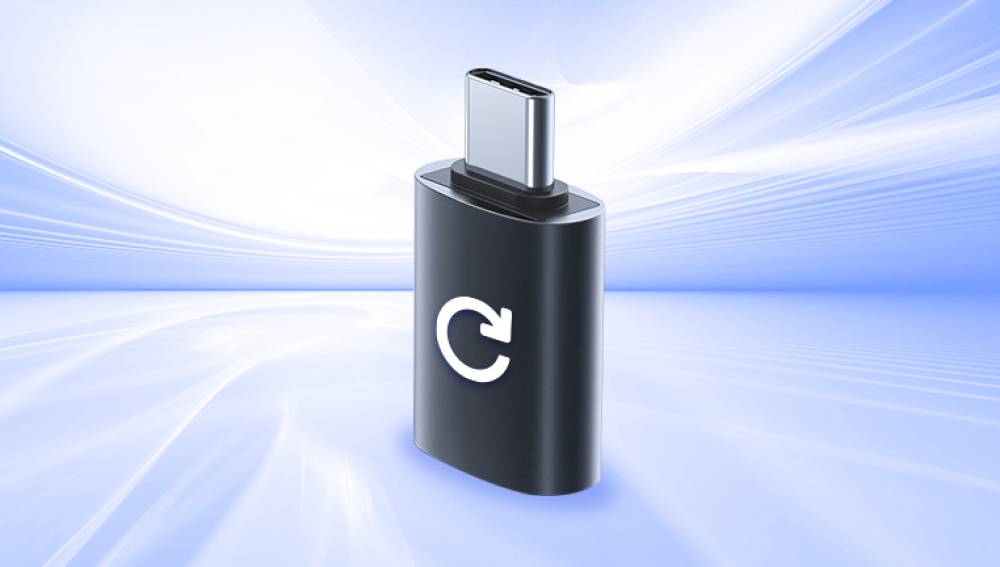PowerPoint presentations (PPT/PPTX files) are integral to academic, professional, and personal communication. Whether you're preparing a quarterly business report, a school project, or a keynote speech, PowerPoint helps present ideas visually and impactfully. However, like all digital files, PPT files can become corrupted due to various reasons unexpected shutdowns, software conflicts, malware, or faulty storage devices.
1. Sudden System Shutdown
PowerPoint files can become corrupted if your system shuts down while saving or editing a file.
2. Malware or Virus Attacks
Malicious programs often target Office documents, causing damage to the file’s structure.
3. Incompatible Add-ins or Plugins
Using outdated or incompatible plugins can interfere with PowerPoint and corrupt files during use.

4. Storage Device Errors
Using damaged USB drives, hard drives, or SD cards can lead to unreadable or broken files.
5. Network Errors During File Transfer
Interruptions during file transfer over a network can cause incomplete or damaged files.
6. File Format Compatibility
Opening a .ppt file in an older or newer version of PowerPoint than it was created in might trigger corruption or incompatibility errors.
Symptoms of a Corrupted PowerPoint File
Before attempting repairs, confirm that the file is indeed corrupted. Common signs include:
PowerPoint cannot open the file
"PowerPoint found a problem with content" error
Application crashes upon opening the file
Slides not displaying correctly
Embedded media files not playing
Strange characters or distorted formatting
Method 1: Use PowerPoint’s Built-in Repair Feature
Microsoft Office applications come with a built-in repair function that can automatically attempt to fix corrupted files.
Steps:
Open PowerPoint.
Click File > Open.
Browse and select the corrupted file.
Next to the “Open” button, click the drop-down arrow.
Select “Open and Repair.”
PowerPoint will attempt to repair and open the file. If this succeeds, save the file under a new name.
Tip: Always save the recovered file with a different name to avoid further damage.
Method 2: Insert Slides into a New Presentation
This method works by extracting content from the corrupted file into a new one.
Steps:
Open PowerPoint and create a new blank presentation.
Click on Home > New Slide > Reuse Slides (at the bottom).
Click “Browse” > “Browse File”.
Select the corrupted PPT file and click Open.
A list of slides should appear. Right-click and choose “Insert All Slides.”
If this works, all undamaged slides will be added to the new presentation.
If the original file had macros or embedded videos, they might not transfer correctly.
Method 3: Open the File in Safe Mode
Add-ins or corrupted fonts may cause PowerPoint to crash when opening a file.
To start PowerPoint in Safe Mode:
Press Win + R to open the Run dialog.
Type powerpnt /safe and press Enter.
Try opening the corrupted file from this clean instance.
Method 4: Change File Extension from .pptx to .zip
Since .pptx files are essentially ZIP archives, you can sometimes recover content by treating it as a compressed folder.
Steps:
Make a copy of the corrupted .pptx file.
Rename it from filename.pptx to filename.zip.
Open the .zip file using File Explorer.
Navigate to the ppt > slides folder.
Copy out the .xml files (each representing a slide).
You can extract text and images from these XML files manually.
Note: This works best for recovering textual and visual data, not the full presentation layout.
Method 5: Use AutoRecover and Temporary Files
If PowerPoint crashed while working on your presentation, it might have saved a temporary version.
How to find AutoRecovered files:
Open PowerPoint.
Go to File > Options > Save.
Look at the path listed under “AutoRecover file location.”
Navigate to this folder using File Explorer.
Look for files with .pptx or .tmp extensions and recent timestamps.
Alternative:
Search *.tmp, *.pptx, or ~*.pptx in File Explorer.
Check C:\Users\[YourName]\AppData\Local\Microsoft\Office\UnsavedFiles\.
If found, open and save them immediately.
Method 6: Restore a Previous Version (Windows)
If your corrupted file was previously saved on a Windows PC, you may be able to restore a previous version.
Steps:
Right-click the corrupted PowerPoint file.
Choose “Restore previous versions.”
If available, select a version from the list and click Restore.
This only works if File History or System Restore was previously enabled.
Method 7: Use Microsoft PowerPoint Online
Try opening the corrupted file using the PowerPoint Web App in a browser.
Steps:
Upload the file to OneDrive.
Open it using PowerPoint Online.
If successful, download the repaired version as a .pptx file.
PowerPoint Online uses different rendering engines and may be able to bypass the corruption.
Method 8: Use Third-Party PowerPoint Repair Tools
Panda Repair
Panda Repair uses advanced file-repair algorithms to scan corrupted PowerPoint files, identify structural damage, and restore key components including text, images, charts, tables, and embedded media. The tool supports all modern versions of Microsoft PowerPoint and is compatible with both .ppt (97–2003) and .pptx (2007 and newer) formats.
Key Features:
Supports batch repair of multiple PPT/PPTX files.
Recovers text, formatting, slide layout, images, and animations.
Preserves original slide structure and file hierarchy.
Offers preview before saving the repaired file.
Intuitive interface—no tech skills required.
To repair a file, simply launch Panda Repair, add your corrupted presentation, and click "Repair." You can preview the results and then save the recovered presentation to a secure location.
Method 9: Extract Content Using LibreOffice Impress
LibreOffice is a free open-source alternative to Microsoft Office. Sometimes it can open corrupted PPT files that PowerPoint can’t.
Steps:
Download and install LibreOffice.
Open LibreOffice Impress.
Try opening your corrupted PowerPoint file.
If successful, re-save the file as a .pptx or .odp.
Method 10: Copy Individual Slides (If File Partially Opens)
If you can open the file but some slides are not displaying or crashing the app:
Open the corrupted file.
Go to View > Slide Sorter.
Identify and delete the problematic slide(s).
Save the file under a new name.
Sometimes, only one slide causes the issue.
Additional Tips to Prevent PowerPoint File Corruption
1. Always Use “Save As” Before Major Changes
Create a backup copy before editing or applying new templates or macros.
2. Keep Office Updated
Microsoft regularly patches bugs and improves file-handling stability.
3. Don’t Work Directly from USB or Cloud Drives
Transfer the file to your local drive before editing and re-upload after.
4. Install Antivirus Software
Prevent malware from targeting your files.
5. Avoid Sudden Shutdowns
Use an uninterruptible power supply (UPS) or save work frequently.
6. Enable AutoSave (Microsoft 365)
Microsoft 365 supports real-time AutoSave when working from OneDrive or SharePoint.
When to Consult a Professional
If you've tried all methods and still can't open the file—and the file is of high importance (e.g., academic thesis, client presentation)—consider data recovery professionals or premium recovery services. Services like Ontrack, DriveSavers, or SalvageData might be able to retrieve the file if it was deleted or overwritten on a corrupted disk.
PowerPoint file corruption can feel like a nightmare—especially if it happens right before a major presentation. But the good news is that recovery is often possible. Whether you're using native tools like Open and Repair, workarounds like inserting slides, or external software like Stellar Repair, there are plenty of ways to fix a corrupted PPT file.




